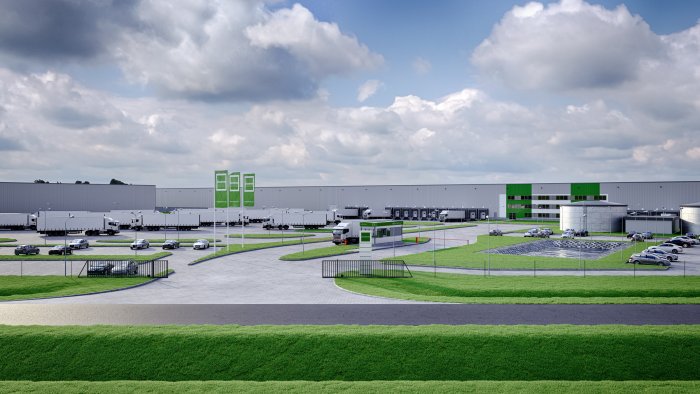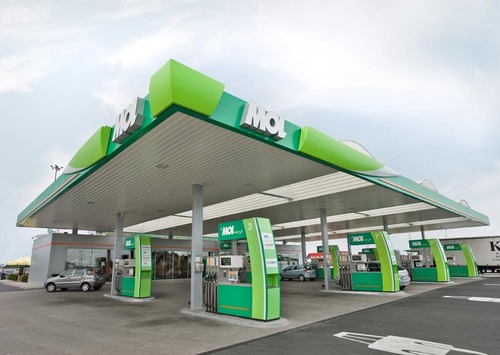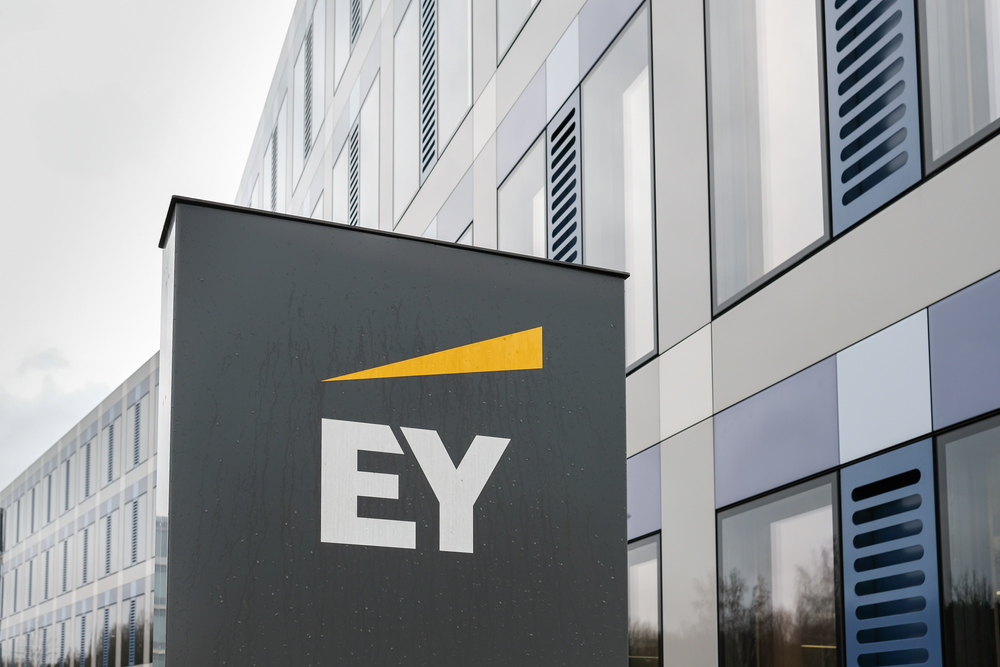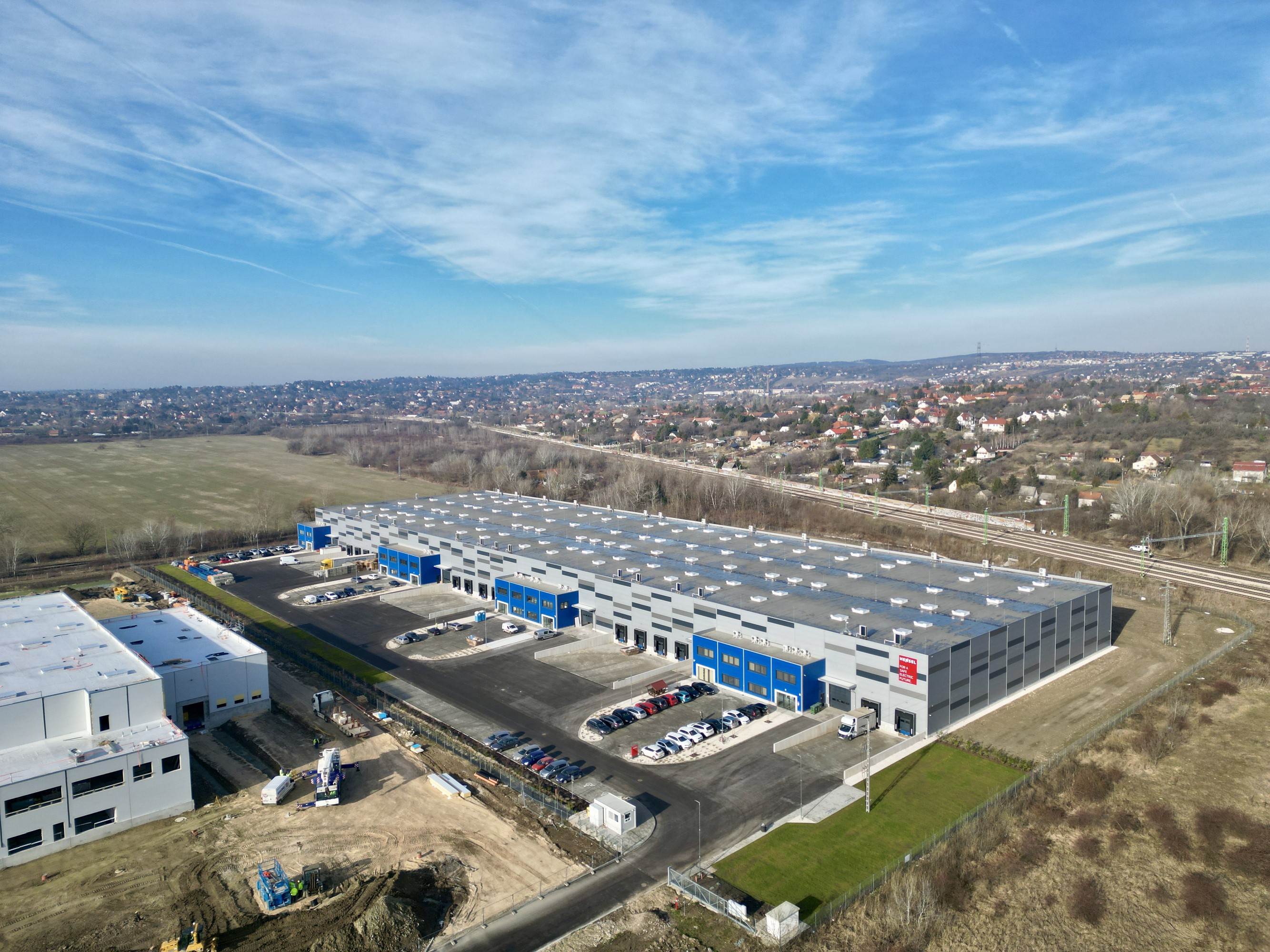Industrial Supply Needed to Meet Growing Demand

Development in the industrial and logistics market has been low in recent years with a limited availability of contiguous industrial space and rising demand resulting in record low vacancy rates. More developers are expected to develop on a built-to-suit (BTS) basis with a smaller amount of speculative development. A functioning developer-led industrial market has still not developed outside the capital, however, as has occurred elsewhere in Central Europe.
Goodman Üllő Airport Logistics Center.
“Market trends are a positive sign for market players, therefore many developers have started thinking of planning new buildings for their existing plots, as well as investigating the opportunities for acquiring additional development sites,” comments Csaba Dobos, senior industrial associate at Colliers Hungary.
“However, there is still a limited number of well-prepared speculative projects and new developments are definitely expected. Due to the market absorption during 2018, the vacancy rate dropped to 3.5% by mid-year, which is a record low in the Hungarian industrial market. Many developers are working actively on the planning/permitting/constructing of new speculative buildings,” he adds.
Development activity is continuing unabated across Central Europe with demand outstripping supply. The average vacancy for the CEE five (Czech Republic, Hungary, Poland, Romania and Slovakia) stood at 4.4% as of H1, with the lowest vacancy in Hungary. The Central European industrial and logistics market is continuing to record high demand, reflecting the indicators in the wider European industrial markets. Total stock in the Budapest area stands at 2.8 million sqm. Poland and Czech Republic continue to be the dominant Central European markets, with an estimated industrial stock of around 14 million sqm and seven million sqm respectively, according to Cushman & Wakefield.
With high demand and limited supply, the differential between speculative and BTS development has become more difficult to define as with the current strong demand, most speculative space is let before completion.
“The difference between BTS and speculative is a bit misleading nowadays, as most of the delivery is taken by tenants at the planning stage or during the construction phase. So there is not as much typical speculative construction as there was in the past. We only expect more speculative development if demand slows down, as developers are now under pressure to match demand size,” commented Ferdinand Hlobil, head of Central European industrial at Cushman & Wakefield.
Encourage Development
However Gábor Halász-Csatári, head of industrial at Cushman & Wakefield Hungary, considers that markets conditions will encourage more speculative development activity in Hungary.
“The modest speculative development activity has recently been a limiting factor in market activity, and at first created a window of opportunity for existing Class ‘B’ products. Now there is definitely much need for Class ‘A’, modern speculative stock (with existing stock practically being absorbed by the market) and we see rental levels have started to improve to levels which makes speculative development feasible. This will most probably trigger the speculative development activity which we expect to actually break ground in the short-term,” he says
From the BTS perspective, Goodman is developing the 87,000 sqm Auchan Retail Hungary logistics facility at its Üllő Airport Logistics Center; the warehouse is being described as the largest yet logistics complex in Hungary.
In further developments, CTP is due to deliver a 21,000 sqm facility at CTPark Budapest South (Dunaharaszti) in the second half of 2019 and one 30,000 sqm and one 11,000 sqm building at CTPark Biatorbágy. A further 30,000 sqm is set to be delivered at BILK and a 11,000 sqm speculative facility at Airport City Logistics Park by CPI. Developer P3 is known to be considering development sites in Hungary.
With regard to tenant specifications there have been no significant changes in requirements, as companies are more concerned with securing space in the view of Colliers’ Dobos.
“Due to the limited supply, the most important factor is the availability of an existing building within the shortest time, i.e. an immediately available unit that is suitable for the planned activity, instead of a potential new development with a 1-1.5 year planning and construction time, as well as a longer-term lease agreement,” he says. “The lease term – preferred by tenants – is usually three-five years in the case of logistics and ten years for automotive production, while, owing to the higher pricing nowadays, landlords prefer as long a commitment as possible.”

Prologis Park Budapest-Harbor.
Green Certification
Prologis has commenced construction of a 10,600 sqm speculative facility at Prologis Harbor Park, due to deliver next March after a six month construction period. It will be submitted for BREEAM “Very Good” accreditation; certification from a third party green organization is increasingly trend among regional industrial developers and industrial park operators. As of the end of June, the Prologis Budapest portfolio stood at 656,000 sqm; that compares to 1.3 million sqm in Czech Republic and a total CEE stock of 4.5 million sqm of space with 120,000 sqm under construction.
Concerns are continuing to be voiced about the shortage of skilled labor and rising construction costs. Rents have risen to EUR 4 per sqm per month, while for new developments this could rise to EUR 4.5. “The shortage of available labor force on the market is strongly affecting both supply and demand in the industrial sector,” comments Gergely Baka, head of advisory for industrial and logistics at CBRE Hungary. “Coupled with a shortage of construction materials, the resulting cost inflation is breaking the markets in many development plans, causing developers to abandon projects; hence the meagre volume of speculative construction. The projects that do materialize are in turn priced near record high levels to offset the costs, resulting in rents that most tenants are not willing or able to meet,” Baka adds.
Take-up figures for Hungary are low in comparison with its Central European neighbors. This is partly due to the fact that, in contrast to Poland, Czech Republic and Slovakia, a functioning commercial industrial market has not developed outside the capital. Therefore, companies establishing light industrial facilities have tended to develop their own.
CBRE estimates total modern industrial stock at 8.84 million sqm, although only around 3.2 million sqm of this is developer-led. On-going construction in Hungary’s regions is estimated at 200,000 sqm with a further 180,000 sqm planned or under construction, the largest current project being the 60,000 sqm Bosch plant under construction in Hatvan (57 km northeast of Budapest).
Record Low Vacancy
In another huge project, the BMW group plans to establish a production plant in Debrecen (220 km east of the capital) by 2021. However, there is barely any for-lease development expected for the rest of the year to alleviate the record low vacancy rate of around 2% across the total stock outside the Budapest agglomeration, in the view of CBRE.
With regard to the geographic position, Dobos argues that Hungary is a small country with a radial highway structure and its borders are reachable within approximately 200 km in virtually any direction. However, compared to neighboring countries with more multipolar market structures, Hungary is still highly Budapest focused.
Halász-Csatári, of Cushman & Wakefield, sees strong potential in Hungary’s countryside. “There is a steady flow of demand from new market entrants from the manufacturing/production sector predominantly looking for countryside locations,” he explains.
“This is driven by the better availability and pricing of land and workforce and potential state incentives. Large automotive hubs (such as Győr and Kecskemét) are already very popular and have grown at a steady pace each year in terms of new buildings delivered. Investors have started looking at the very few institutional products currently available there, and developers also show an increasing interest in developing in well-established countryside cities,” Halász-Csatári adds.

SUPPORT THE BUDAPEST BUSINESS JOURNAL
Producing journalism that is worthy of the name is a costly business. For 27 years, the publishers, editors and reporters of the Budapest Business Journal have striven to bring you business news that works, information that you can trust, that is factual, accurate and presented without fear or favor.
Newspaper organizations across the globe have struggled to find a business model that allows them to continue to excel, without compromising their ability to perform. Most recently, some have experimented with the idea of involving their most important stakeholders, their readers.
We would like to offer that same opportunity to our readers. We would like to invite you to help us deliver the quality business journalism you require. Hit our Support the BBJ button and you can choose the how much and how often you send us your contributions.








